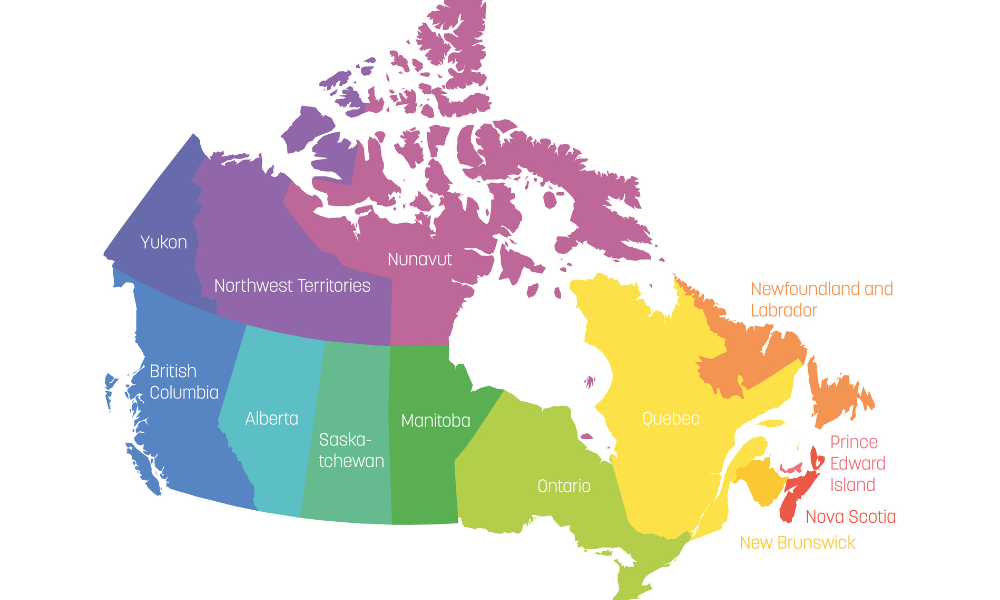'It's our hope that employers don't lose sight of the value and the importance of offering retirement savings plans'

“It's our hope that employers don't lose sight of the value and the importance of offering retirement savings plans, and how retirement benefits have [an impact] on their employees, to address these challenges.”
So says Ivana Zanardo, VP of client services at the Healthcare of Ontario Pension Plan (HOOPP), in an interview with Canadian HR Reporter about what employers are doing about retirement plans for workers.
Overall, just 17 per cent of employers had launched or enhanced retirement savings plans in the past year, or plan to do so in the year ahead. This is the case even though 82 per cent are concerned about high inflation, according to a survey released by HOOPP of 778 Canadian business owners in August.
Read more: Rising inflation forces many Canadians to delay retirement
And most employers (84 per cent) are also concerned about an emerging retirement income crisis, and feel they have a responsibility to offer a pension (75 per cent).
However, the majority of employers are favouring wage increases over benefit enhancements as the best way to mitigate the effects of inflation for employees (67 per cent), and as a means to attract new employees (71 per cent).
Cost is the biggest impediment for the 20 per cent of employers that do not offer any retirement benefits. Of this group, 44 per cent say the long-term costs are too high and 30 per cent say set-up costs are too high.
Benefits of retirement offerings
But they also appreciate that offering retirement benefits helps with employee retention (66 per cent) and attraction (62 per cent).
Most also say retirement benefits are a cost-effective way to reduce financial stress for employees (85 per cent) and more of an investment in human capital than a cost to business (78 per cent), finds the HOOPP survey.
Those who have introduced or enhanced their retirement benefits in the last year are more likely to report higher levels of employee productivity compared to those who have not made any retirement benefit improvements (56 per cent vs. 39 per cent), and less likely to be negatively impacted by greater competition for hiring (57 per cent vs. 77 per cent), high turnover (64 per cent vs. 71 per cent) and labour shortages (62 per cent vs. 76 per cent).
Read more: Retirement planning still confounds many workers
“Our research also tells us that for those employers who have introduced or enhanced their retirement benefits in the last year, they are less likely to be negatively impacted by labour shortages, as compared to other employers. So [it’s] critically important for Canadian businesses to see the value of offering this retirement security,” says Zanardo.
“We know that employees are feeling the strain of the current economic climate and, alleviating their financial anxiety would make them more productive. It would allow them to be more focused during the day, and, of course, that leads to higher productivity. So it is good for businesses to be able to be in a position to provide retirement security.”
Where to start?
For employers that currently have no retirement savings plan for their workers, ensuring automatic savings, keeping fees and costs low and implementing fiduciary governance are some of the key value drivers, says Zanardo. And it doesn’t so much matter what type of retirement plan they offer, she says.
“Offering any type of retirement savings plan is a good place to start. We're saying that any retirement savings program is better than none at all.”




